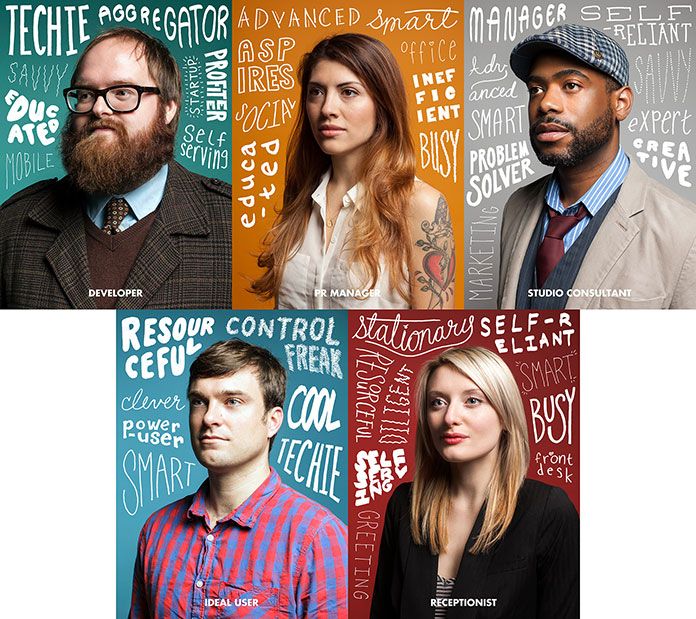A Quick Overview on the Importance of Personas and Scenarios
A “Persona” is a fictional character developed to represent an actual user of your service, product, site or brand. These experience personas are different from the marketing personas that represent a target market segment and often focus on distribution channels, buying behaviour, and demographics. In the user experience context, creating personas helps with understanding a user’s needs, goals, skills, and behaviour regarding a particular product, usually a website or software or voice-controlled system, but it could be pretty much anything. Personas help you to get to know your users, but they do not tell you why they end up on your site, or why your users use your product or service, and how they use them. For identifying those factors, that’s where user scenarios come in.
User Stories
Robust user scenarios, according to Agile development concepts, are what will help you grasp the user’s goals and start designing the product to match them. That’s why creating personas and user scenarios are often the first two steps in the design process.
Taking the time to know who your potential users/customers might be is very important. Creating a product for yourself is fine, as long as you are the only user! Designing a product for your intended audience is a whole other story. If you plan on getting benefits from your product, only putting yourself into the design cross sights might not be the best idea as not everybody is going to understand the product the way you do.
You get a new perspective on the product
Personas and user stories bring, in the process of developing your product, ideas and needs about which you might have never thought. Let’s take an example I worked on recently where the aim was to consider what users would expect from a travel portal.
If I had kept solely to my point of view when imagining a trip that I would have to book, my first expectations would probably have been a lot different from the expectations of a 45-year-old Small Medium Enterprise business user at her London office travelling to New York to meet new colleagues. With that in mind, the goal was to establish a range of different users that reflected that we all have different expectations when booking a trip or travelling.
Integrating personas into the thinking process helps you see things from a different perspective that will benefit your product.
Creating understanding and empathy with the user
For a product to be successful, it needs to resonate with its users. Designing for everyone or just yourself usually results in an unfocused goal that is just too general. Creating personas humanises your characters and seeks to resonate with their psychological goals when using your product.
An important outcome of creating personas and user stories is that giving a “face” to the user creates understanding and empathy with them write across your team – from the CEO to the developers. The valuable narrative of the user’s experience with the product gives you a real understanding of the issues they might face with your product and helps you work on how to respond to them.
Helping you to prioritise where to focus first
In the User Story process, personas allow you to capture what functionality needs to be incorporated into a product to meet their needs. Doing this helps with the creation of user stories and what their primary focus is going to be. As Mike Cohn suggests in his book User Stories Applied with the regular format user stories take:
“As a (role), I want (something), so that (benefit).”
When brainstorming a product and creating it, it is easy to become disorientated with your ideas and want to put as much as you can into the process. But there are often too many ideas to incorporate into a product. Prioritisation is vital to the success of a product. Personas and User Stories provide a valuable path to follow to know where to focus first in the design process.
Image: Rights Reserved.

